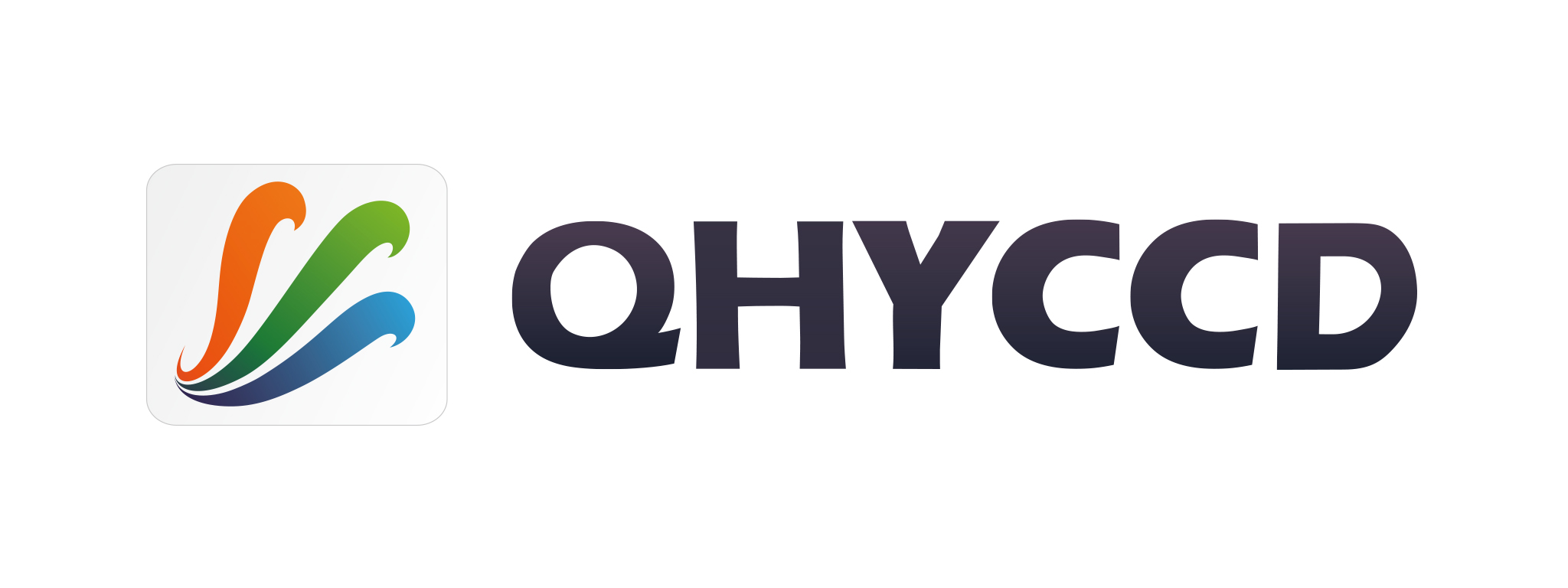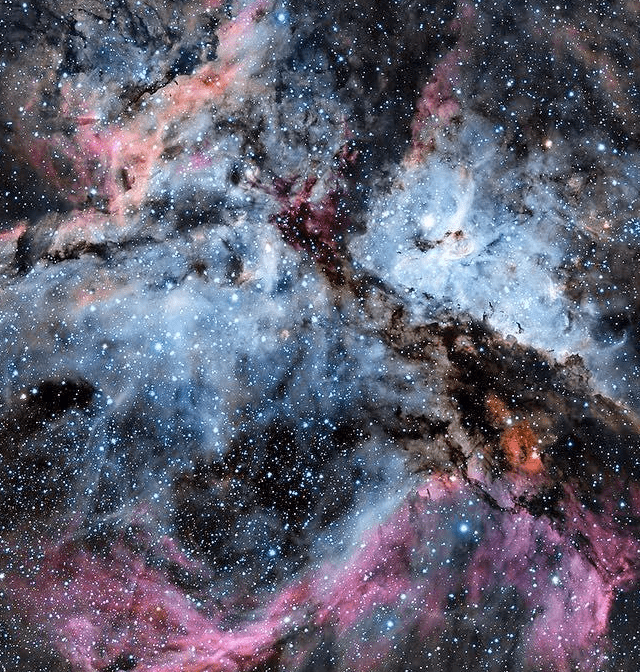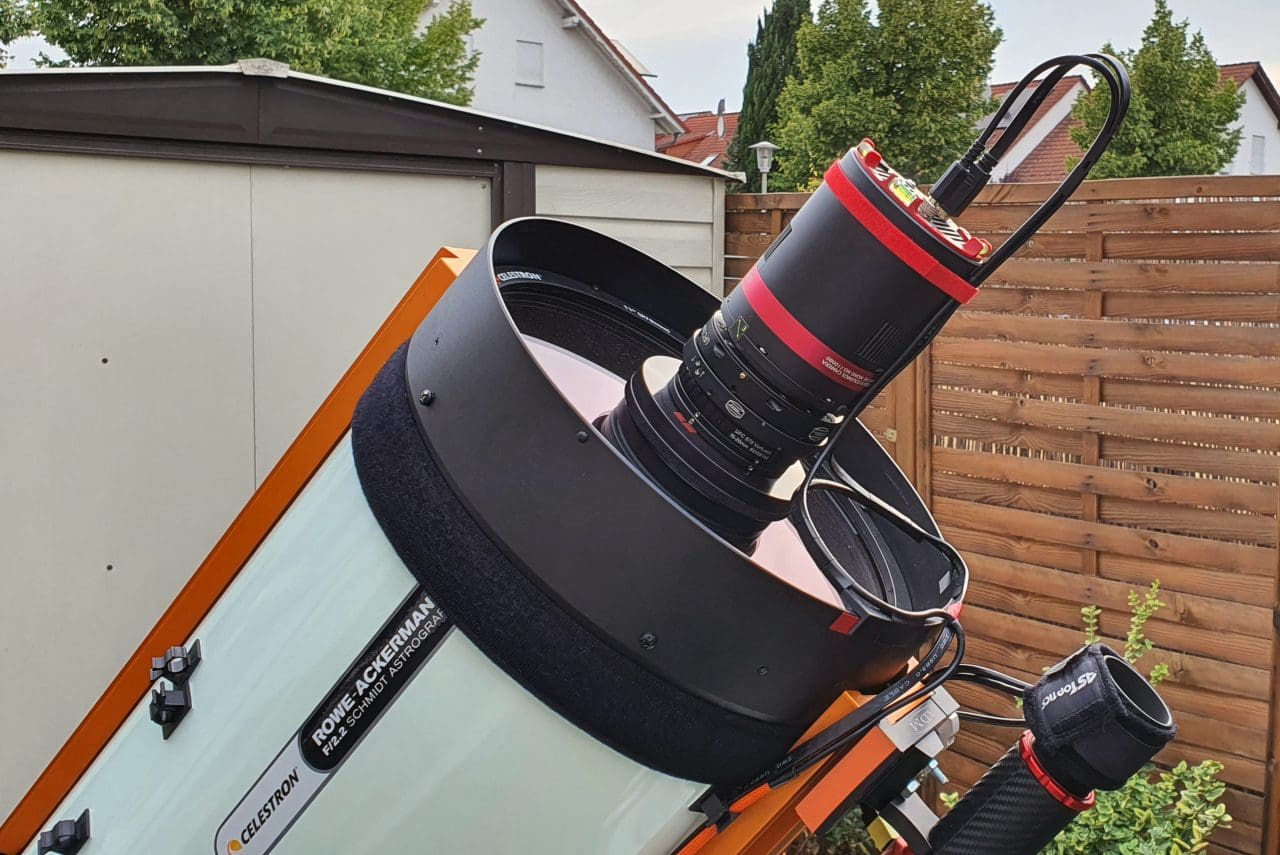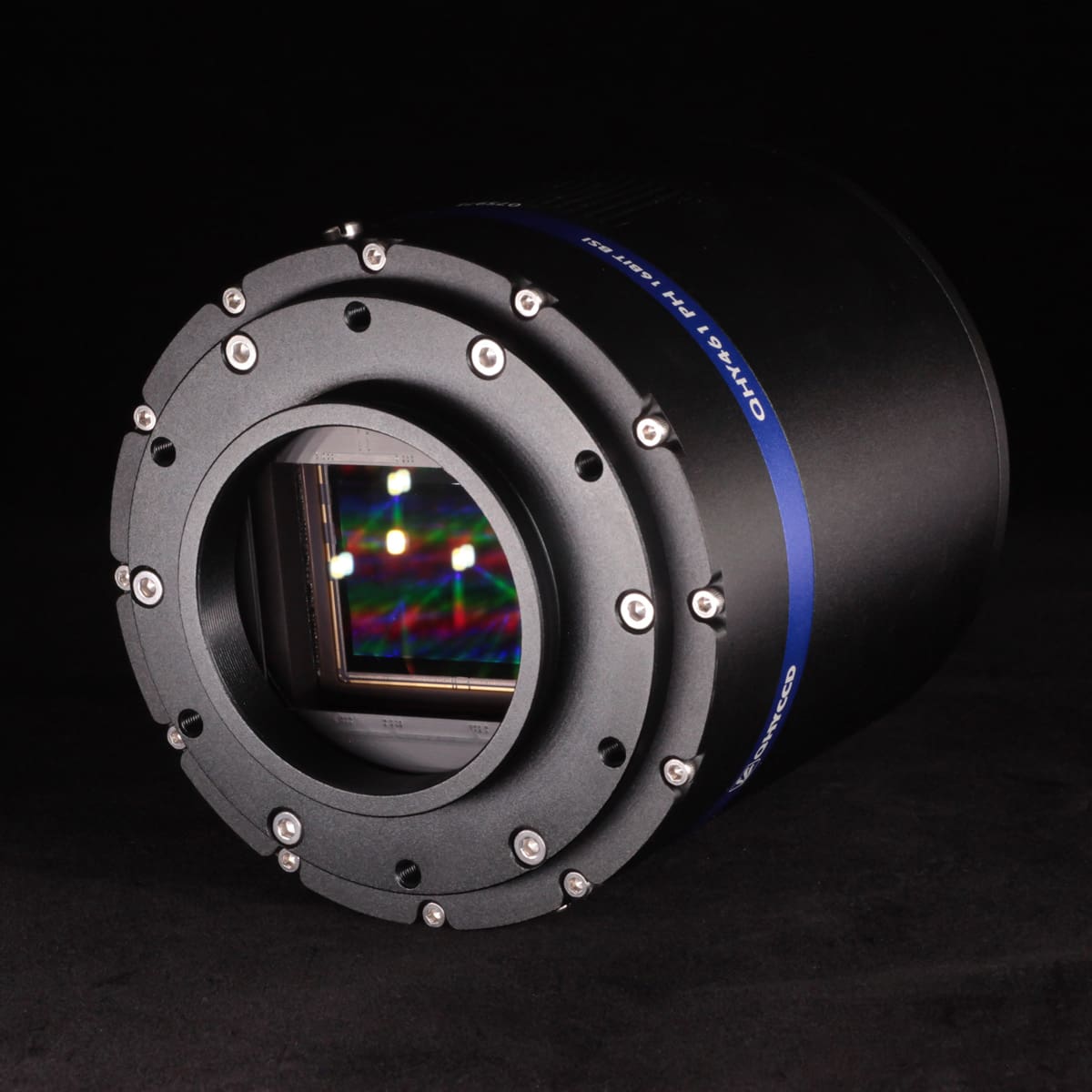At the beginning of this post, I’ll share with you a first light of QHY268M: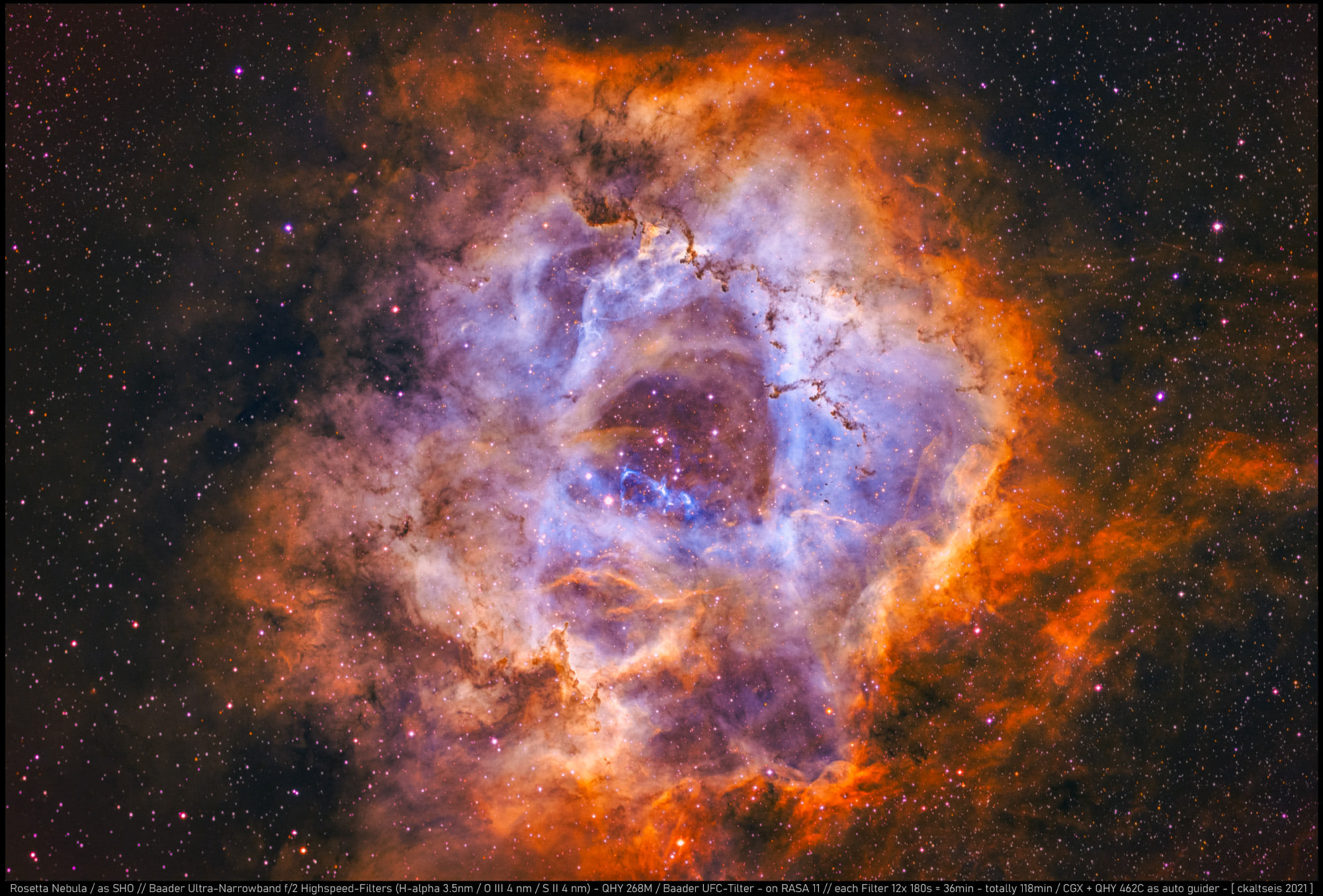
This picture of Rosette Nebula was imaged by Christoph Kaltseis, an excellent astrophotographer from Austria, with QHY268M+QHY462C. It is a nice work. Here is the interview for Christoph.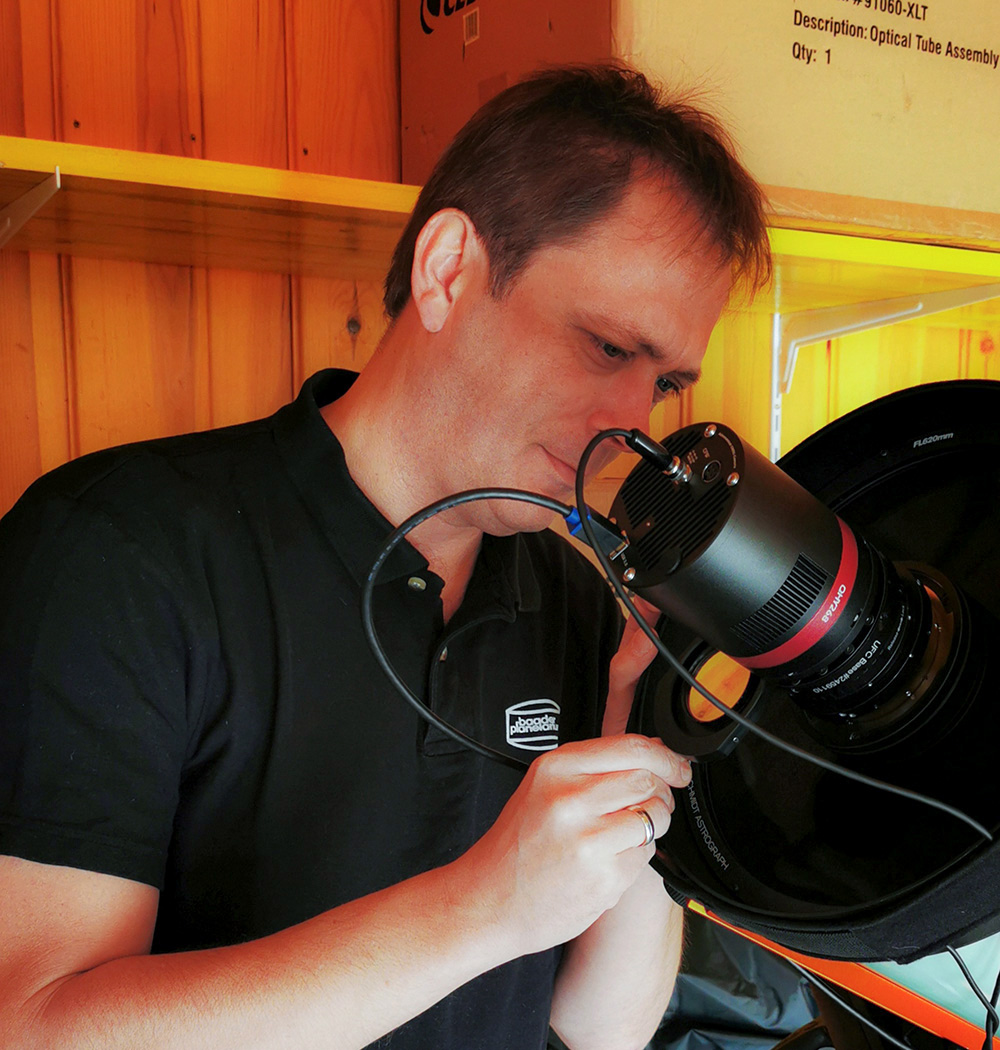
QHYCCD: Congratulations on the first astronomical image taken with the QHY268M camera. First of all, please make a brief introduction about yourself!
Christoph: Hello, my name is Christoph Kaltseis. I am living at Upper Austria and I took my 1st astronomy image more the 20 years ago. 2015 I started again with RASA 11 and C14 Edge HD, to take deep sky images.
QHYCCD: When did you start to like astrophotography? What is the reason?
Christoph: I was six years old and when I saw a television series from Carl Sagan “Our Cosmos” and was fascinated. From this time on, I want to take images. I learned to do this with analog film, as well as everything else you have to do for your 1st image.
QHYCCD: Where do you usually shoot? Do you have your own backyard?
Christoph: I can do my astronomy images at my backyard and have now two mounts in use. The conditions are good and dark + often very good seeing and so I can try a lot of hardware + learn a lot!
QHYCCD: Why did you choose QHY268M camera?
Christoph: I knew and used the QHY 600M-EB and this was/is an amazing experience – the QHY 268M is the smaller version of the QHY 600M; The performance is outstanding of both QHY cameras. EDR-Mode is a new dimension in my eyes and by far surpasses competitive camera offers! My first contact with QHY was the QHY 163M + Ultra Narrowband f2 prototype Highspeed filters from Baader + RASA 8 + a prototype Baader-FCCT, at this point I really discovered my love for monochrome cameras!
QHYCCD: What advantages do you think the mono cameras have compared with color cameras?
Christoph: I like both color and monochrome and did NASA APOD´s with both types of chip. The performance and built quality of the QHY 268M and the extremely low noise, the outstanding sensitivity – all is such a cool experience. With the monochrome I can easily do my favorite SHO images. Mono simply gives me more influence on the final image.
QHYCCD: What astrophotography equipment do you have? What equipment were used for this shooting?
Christoph: I am using RASA 8, as well as RASA 11 – as well as RASA 36 + Baader UFC´s for adaption of QHY cameras. A C14 EDGE HD, a Baader APO 95 CaF2 and sometimes a Planewave CDK14. Mounts used: 10Micron GM2000 HPS and Celestron CGX;
QHYCCD: Have you encountered any problems or interesting things during this shooting and subsequent processing? Share with us!
Christoph: As I said, I used 1st the QHY 163M and this camera was/is working and working… With the driver I had a problem a year ago, but since last summer all works perfect! Driver + Installation went smooth, plug in the USB – connect and start; With a bit of experience nothing is complicated. I enjoy every second and I am looking forward to do more images this year.
QHYCCD: Which QHY cameras have you used? Please talk about the differences between them and QHY268M cameras?
Christoph: QHY 163M – a totally nice little camera and perfectly fitting for the RASA 8 + Baader FCCT for Ha, OIII and SII + LRGB images! A pity it is not available in the future. This combination was a totally exciting experience to start deep sky images! This really influenced me to look very closely towards QHY. However – the QHY 600M was and is my quantum leap experience! I enjoy this from the 1st moment – have a look here: 1st Light with the QHY600 EB: a first field report / Baader Planetarium Blog Posts (baader-planetarium.com) The different is the complete technology and QHY understood how to “talk” with the Sony chip. A QHY camera is amazing combination and a real good user experience is the result.
QHYCCD: What kind of astronomical camera do you want next?
Christoph: Hm, yes I have one and this is the QHY410! I like my Nikon Z6 ???? also for deep sky, and did some APOD´s, Poster Stories, Cover of Astronomy Magazins,…
have a look here: SUW 05/20 Poster: CDK 14 and Veil Nebula – it can be so easy / Baader Planetarium Blog Posts (baader-planetarium.com)
NASA APOD M33: APOD: M33 – Triangulum Galaxy taken with Planewave CDK14 / Baader Planetarium Blog Posts (baader-planetarium.com)
QHYCCD: Do you have a favorite celestial body in astrophotography? Why do you like it?
Christoph: Sorry – I love all of them; So I choose my telescope for the object of the night, using long(er) or shorter focal lengths. My APOD´s have been from famous nebulas to galaxies…
With the QHY 462C I took nice images from Moon, Saturn and Mars last year, but October 2020 to February 2021 was not good for deep sky images within Central Europe. The weather was: ☹
!!! You never know what you get, but after the 1st download – and then you have a mission.
QHYCCD: Share your astrophotography work of the most satisfaction!
Christoph: 2009 the CEDIC “Central European Deepsky Imaging Conference” was born.
I happened to be the founder. Now CEDIC is very well know around the world and participants from around the world are coming every two years to Linz/Austria (not Australia btw.); International Speakers and a CEDIC-Family flair – this is a happening” for Astro-Imagers around the world!
Have a look: www.cedic.at
If so many people in this imaging field are sharing intelligent knowledge by discussing face to face (not just by posting) then we can all develop our skills. This is my mission and the vision of the CEDIC conference!
The next will follow 2022, normally 2021, March – but this year it isn’t possible!
QHYCCD: What do you think is the most important part about astrophotography?
Christoph: Knowing and understanding what´s to do and why. It is better to know your optic, mount and camera and so you can develop your skills. After some years the next step will follow. Look critical at your data (sub images) and delete worser (seeing, focusing, transparency, guiding) images – don’t use bad subs for the stacking. Learn how to work with software and processing!
AND learn the stars and the names that you can align the mount.
The quality of the optic and mount can only be captured from the camera if all is working precisely.
QHYCCD: What is your overall impression of QHY cameras? Is there anything needs to be improved?
Christoph: I like them absolutely a lot – now, but 2006-07 I bought an ALccd 6C (QHY6) and I had a lot of problems and after several exchanges of that camera, I gave up.
Several years later I was totally surprised by the QHY 163M and this experience lured me into buying the QHY600M and now even a QHY268M. From this point a QHY410 probably is my next goal for the RASA´s.
My wish: do continue to create such excellent customer experience. Make the full potential of the SONY-chips available to the amateur as you are doing it now – more dedicated to quality than the other camera makers I tested. Work on your software, to make it even more user friendly than what it already is. This is the very kingsway, to get peoples attention in the web (and at CEDIC..) so that in the end many more astro-photographers will discover QHY cameras. I will move on – with QHY!
